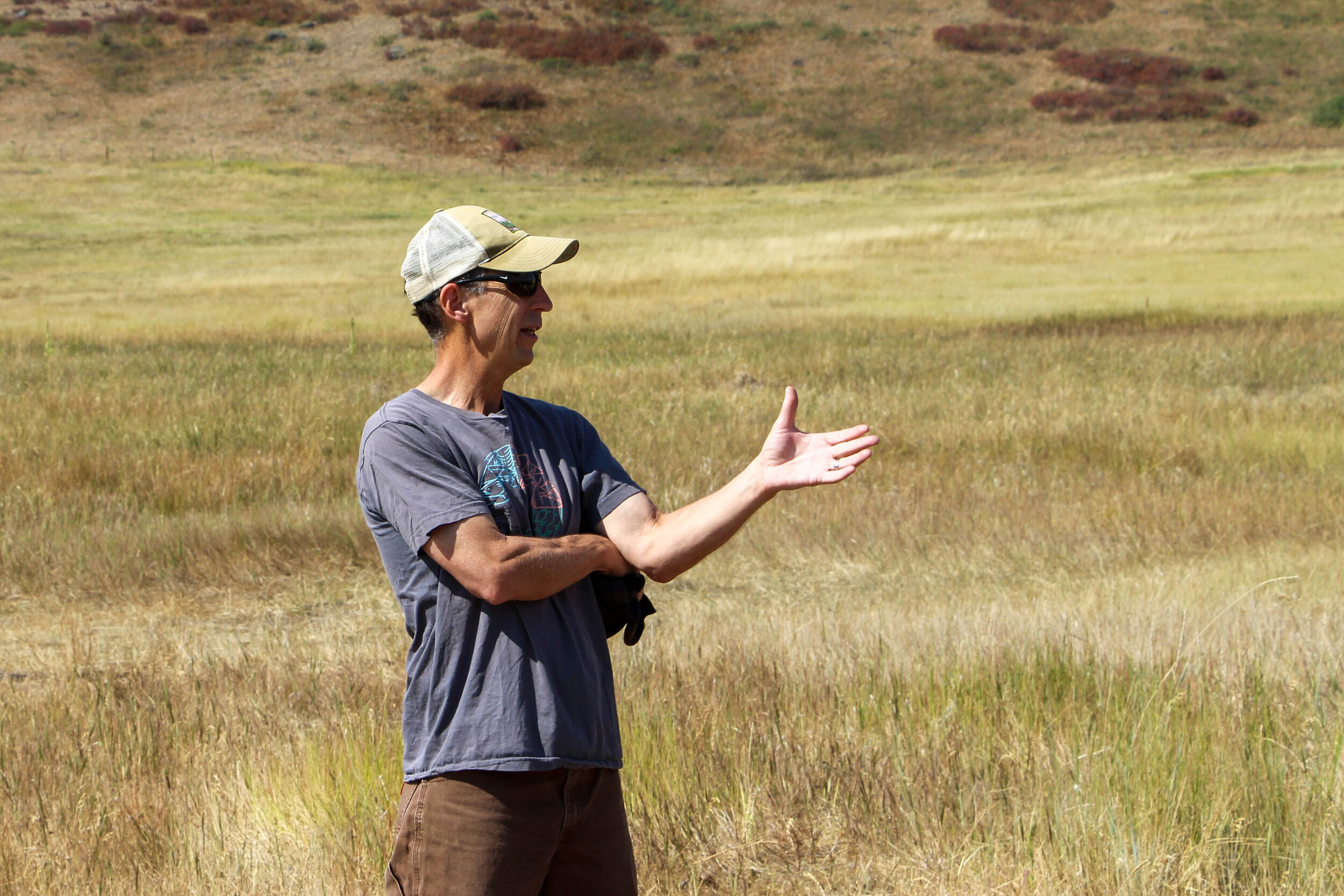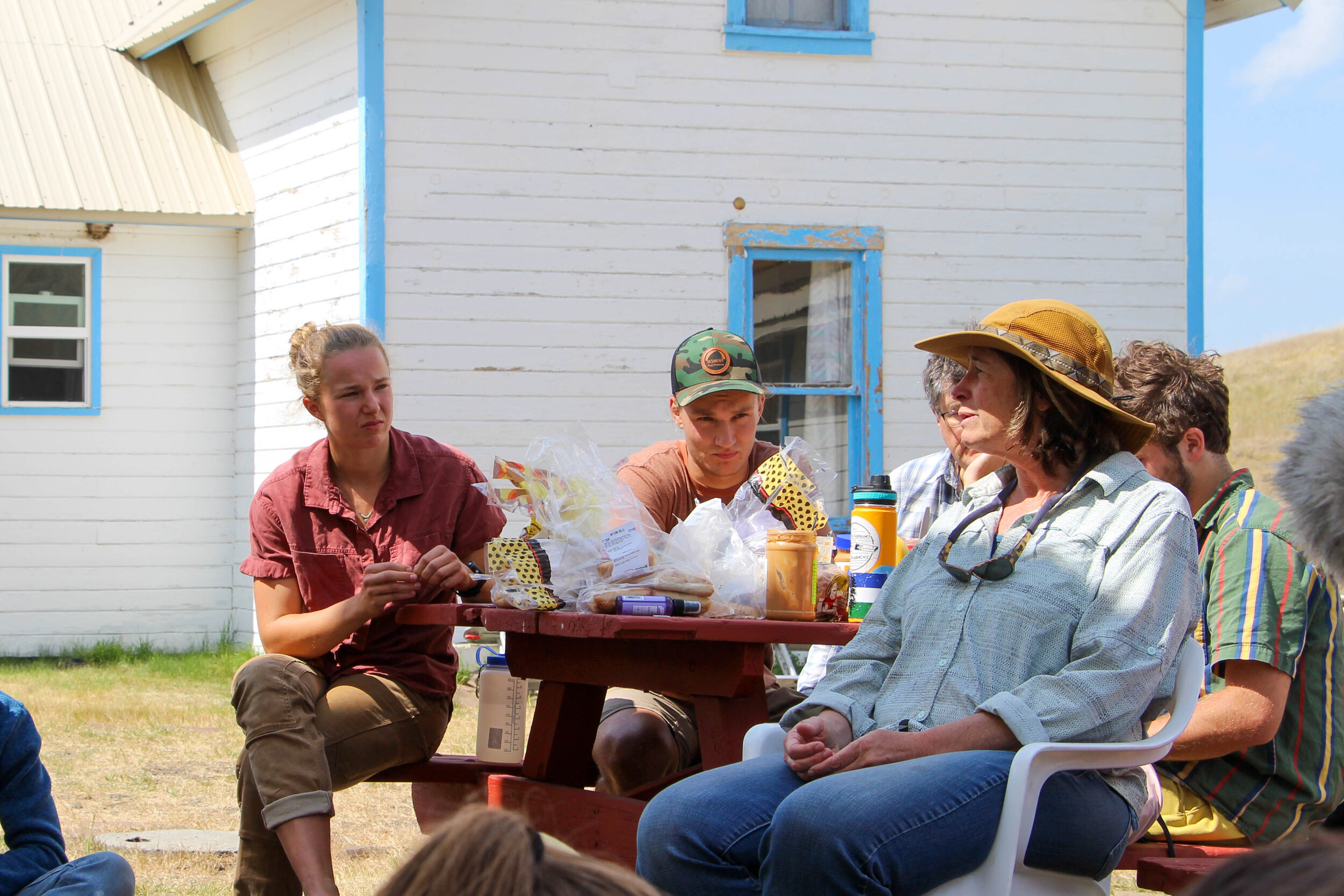Susie Knezevich
Interior designer and co-owner of Johnson Lakes Canyon property
Kanab, UT
9/30/21
Recent rains have turned large portions of the road leading to Johnson Lakes Canyon outside of Kanab, UT, into soup, but this doesn’t stop Susie Knezevich from reaching the property that she has worked so hard to restore. Almost 20 years ago Susie and her husband Rick, who both reside in Aspen, CO, were looking for a parcel of land where they could hike and camp. In 2004 they purchased an 800-acre private inholding in the Grand Staircase-Escalante National Monument, a land dominated by sand, sage, and bluffs. Their land, however, was not in the best condition for hiking. Decades of cattle grazing had destroyed native vegetation and allowed prickly invasive plants such as Russian olive and bull thistle to proliferate.
“We decided to take the cattle off the land because we noticed the damage and we needed to begin fixing that,” Susie said. The Knezevichs worked with the Grand Canyon Trust, a regional environmental group, to put their land under a conservation easement in 2015 to ensure that it will remain free from the beefy ungulates in perpetuity.
The Johnson Lakes Canyon property now serves as a reference area for the surrounding National Monument which remains heavily grazed by cattle. Susie and her husband have worked with ecologist and SITW guest educator Mary O’Brien to bring in biologists, students, and volunteers to conduct research and restoration projects with the goal of showing how the land has rebounded since grazing has ceased. Susie excitedly shared that the native oaks, cottonwoods, and willows are reaching heights and numbers not noted for years. “We were unlikely characters to get involved in conservation treatments, but now we are really hooked!” says Susie.
By Ani Pham




